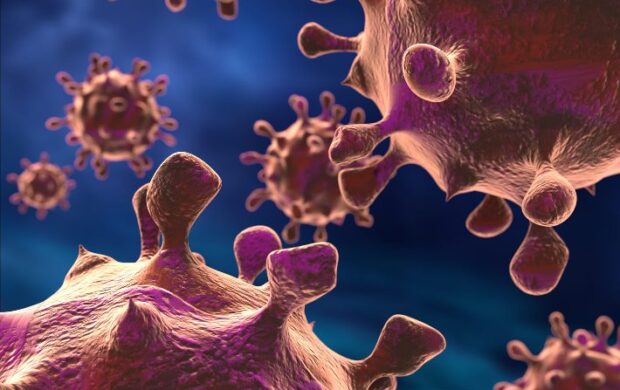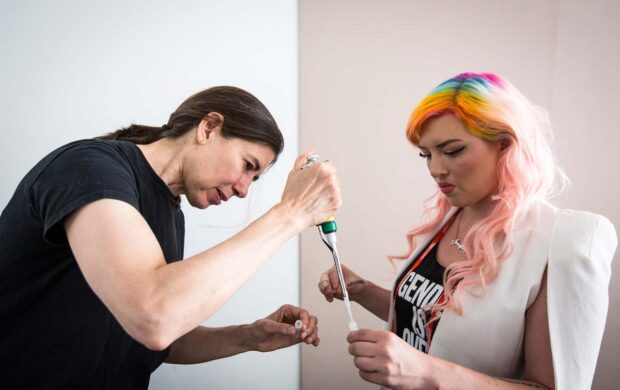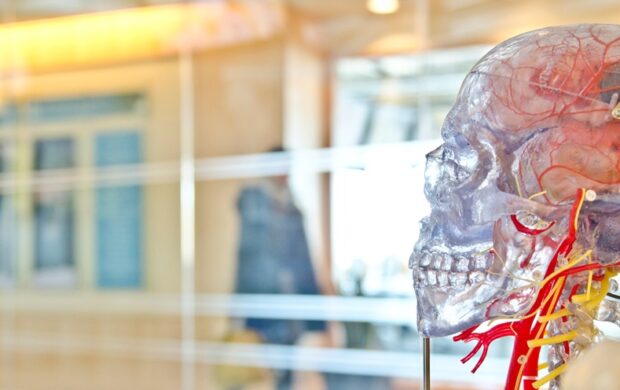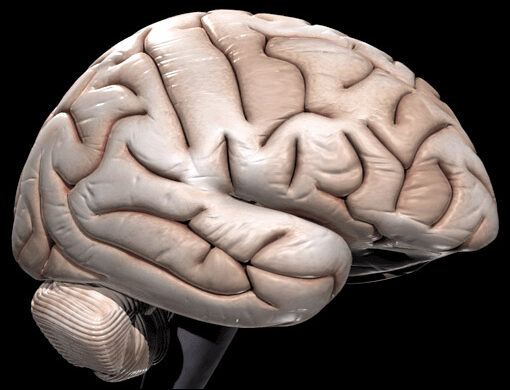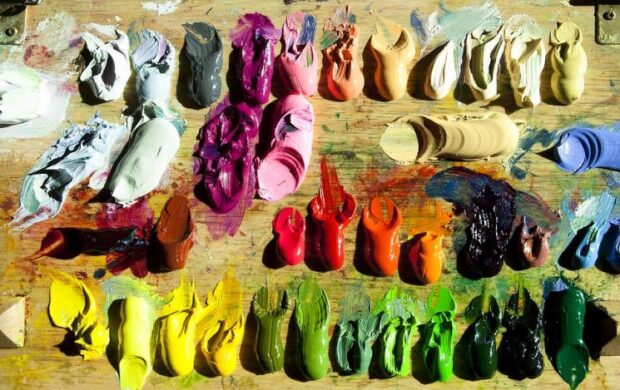The first human vocal chords have been grown in the laboratory by a team of scientists at the University of Wisconsin-Madison. The international group published the work in Science Translational Medicine in November.

Human cells from donors were coaxed into becoming tissue that replicates vocal fold mucosa, which form flaps inside the human larynx. These vibrate to produce sound.
The cells, one from a cadaver and four from surgically removed larynxes, were grown for two weeks around a collagen scaffold structure until the folds were one millimetre thick and 16 millimetres long.
By blowing air along them inside an artificial windpipe the team produced a sound they describe as a “robotic kazoo”. In the body, vocal chords vibrate up to 1000 times per second.
Mouth and throat modulations are required alongside this to produce the recognisable sounds of speech.



